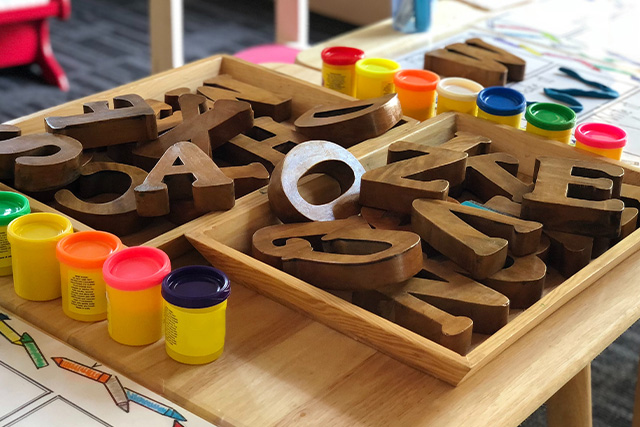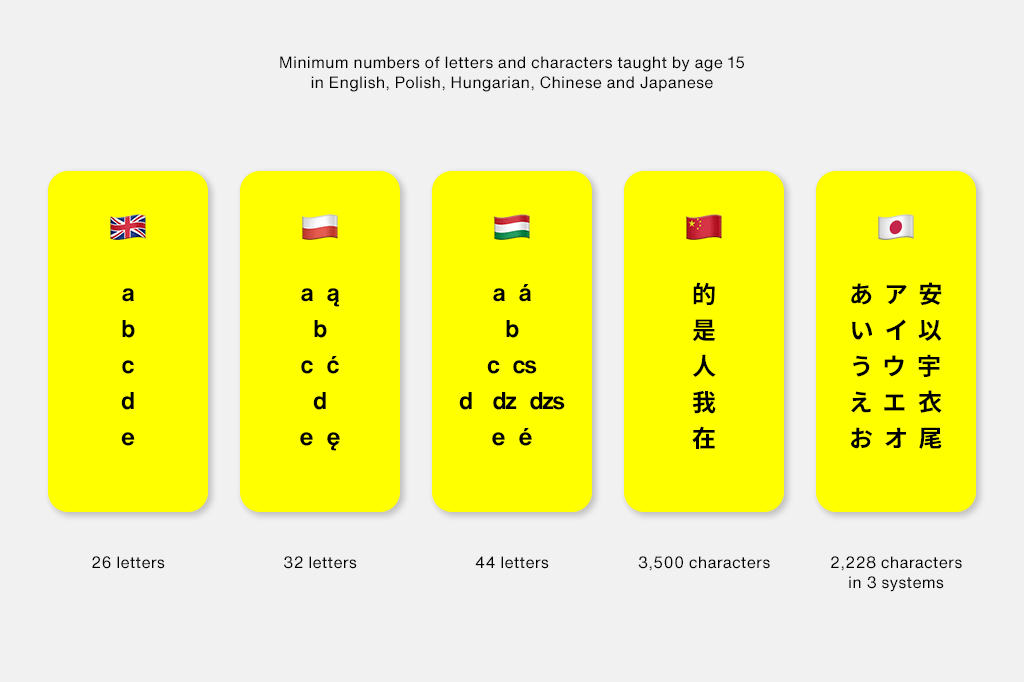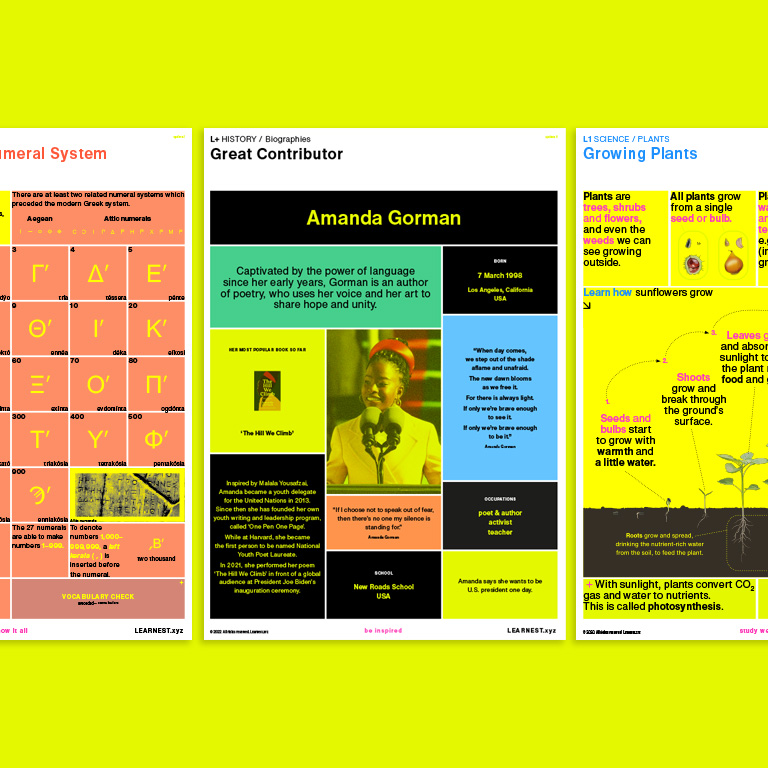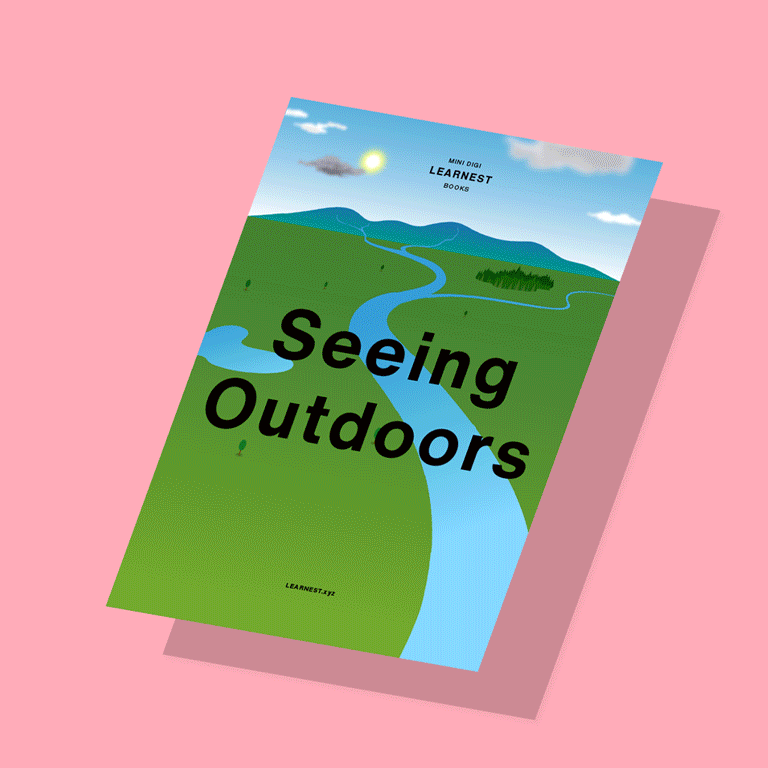Our Children & Their English Language

⏱️ 6 min read
In the context of teaching our children the English language (spelling, vocabulary and grammar), it might help us all to grasp exactly what task lies ahead—because we will forever need to communicate—and technologies like ‘autocorrect’ on our devices cannot assist us in live, verbal conversations.
There’s nothing to fear about learning language. There’s just some work to do, like with everything worthwhile. Firstly though, let’s look at other language users around the world for a comparison, because there’s plenty of encouragement to take from around the world.

Comparing how English and other languages are used
Evidently, there is no such thing as one single language which works everywhere in the world. Different nations use different languages, and for some people in some countries, this could mean more than one language—which makes them bilingual, or even multilingual (speaking three or more languages).
As of 2022, it is estimated that:
indicating that approximately 60% of people speak more than one language around the world.
The following table shows the rates of bilingualism across some European nations in 2016:
| Country | UK | Spain | France | Italy | Greece | Germany | Norway | Switzerland |
| Rate of bi/multilingual adults (%) | 34.6 | 54.3 | 60.1 | 66.1 | 66.5 | 78.7 | 92.1 | 91.7 |
And here are some other facts to throw into the mix:
• English is the world’s most commonly used language, with around 1.35 billion speakers globally;
• Nearly two-thirds of UK citizens aged 25–64 use only one language (i.e. English) for daily usage, a much lower rate compared to other European nations;
• Babies are learning sounds while inside the womb, and it is well known that infants are capable of learning multiple languages without confusion.
Moreover, the alphabet used in English is not so complicated compared to those of other languages. In fact, it is brilliantly compact and efficient—it has only 26 letters. Many other European languages, using the same letters, also use diacritics which results in additional letters with different pronunciations. What is more, some East Asian languages have thousands of characters—or even more strikingly—Japan has three, arguably four, writing systems in simultaneous use!
The following graphic compares the minimum count of letters and characters, taught by age 15, in selected languages:

Living here in an English-speaking country, we have the best opportunity to master the English language—I say this as a non-native myself! At Learnest, we’re certain that the task of learning English and developing a vocabulary set is not as challenging as we might think.
Why spell well
From a young age, we are judged on our grades, which are in part determined by the accuracy of our spelling, use of vocabulary and grammar. As such, these literacy skills are called upon in SATs at 7 and 11 years old, entrance exams at 7 or 11 and 13, and written texts and assessments at all levels—in all subjects. These skills contribute to the outcomes of every mark and grade, and the opportunities they afford us thereafter.
Similarly, we reflect ourselves in the way we communicate in writing and speech, and a high level of accuracy is crucial in both for career interviews and every communication in that process. Spelling or grammar errors, and the misuse of words, generally leave a negative impression, which could be costly. Selecting and using appropriate vocabulary is simply part of daily conversation, regardless of whom we are talking to.

What is difficult about the English language
The difficulty we do have in the English language is that it does not have a single, fixed pronunciation per letter, believe it or not. For instance, the letter ‘a’ in the word apple sounds different to how it is read in age. Some cases are even worse: if a child does not know ‘g’ and ‘h’ become silent when they are next to each other, they would mispronounce the word light—likely as “ly-guh-huh-t” as they have learnt in phonics.
This is exactly why children need to learn the rules of spelling. It may seem impossible to learn all existing spellings, but there are neatly grouped defined rules to make it easier to learn any English word. With that understood, accurate spelling becomes easier for primary-aged students, feeding into their writing AND reading—beyond which lies confidence and freedom.

Beyond fluency and proficiency
Deeper learning and an eventual love of language helps to demystify the rules of spelling and pronunciation, and oils the learning of new vocabulary as the more curious children delve further into language(s).
Eventually one can see the language within the language—etymology, diachrony and lexical similarities all become apparent and easier to spot. A child’s curiosity in the history of language can lead to all sorts of wider interests.
Communication constitutes self-representation; it is ultimately a power tool. The most confident users of language are able to demonstrate, or even alter, versions of a personality, character and style by their choice of words and intonation.
These expressive traits are often possessed by influential people who affect the world we live in. Fluency or proficiency and excellence in our native English is vital for enhancing how one presents oneself and how one gets on—we either gain or lose trust through our words.
From artists of all kinds including comedians, authors, poets, lyricists, latterly Instagrammers—these are the master wordsmiths, true influencers.
Learnest’s online Library is an easily-accessed, expanding resource of intellectually stimulating learning material for Pre- and Primary School aged children. Already it contains discerningly curated lists of spellings and plenty of uniquely gripping reading—so go and delve, find something to hook into and begin your child’s language journey as early as you can.


There are obstacles to learning English
There are genuine and serious obstacles which gravely impede a child’s learning of English words, including access to books or dyslexia, for example. If you think your child has dyslexia for whatever reason, please don’t delay in your investigation.
Here are some pages which could help you begin supporting your child:
NHS: Explanation of signs and symptoms of dyslexia
https://www.nhs.uk/conditions/dyslexia/symptoms/
The British Dyslexia Association (BDA)
https://www.bdadyslexia.org.uk
Made by Dyslexia
https://www.madebydyslexia.org
Pearson Clinical Assessments
https://www.pearsonclinical.co.uk
Posted 6 April 2022
Authored by Asano Katashima
Edited by Elliot Paine
2022 © All Rights Reserved. Learnest.xyz